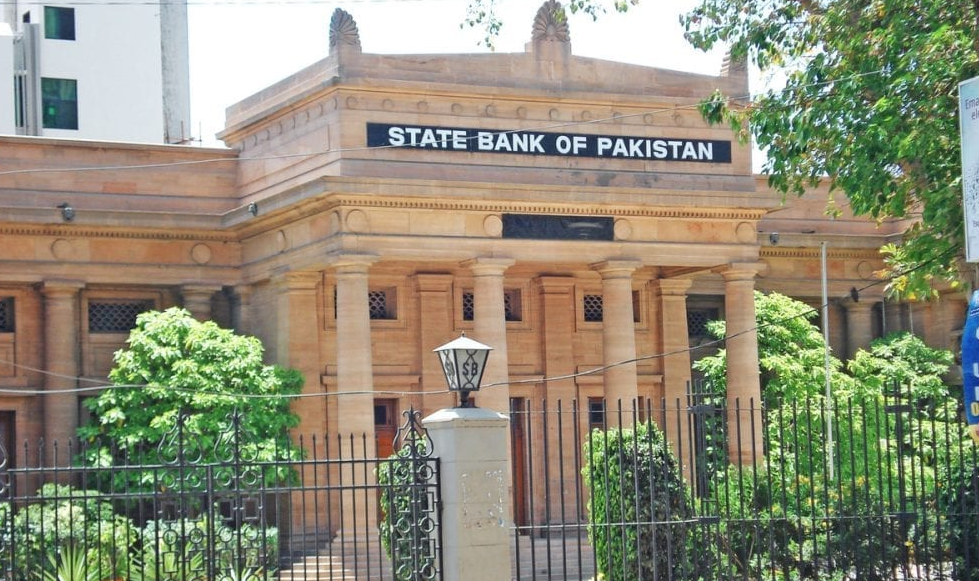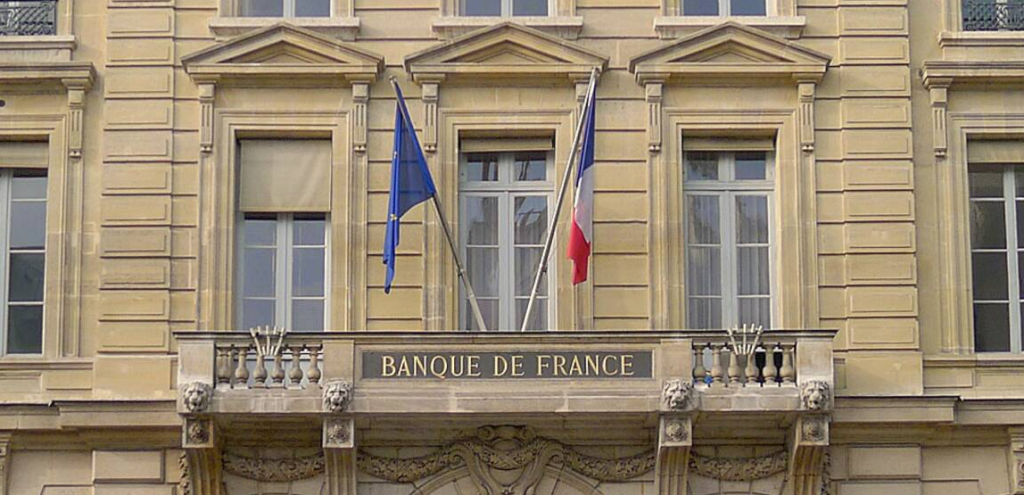In this article, we will explore the Democratic Republic of the Congo National Bank, commonly known as the Central Bank of the Congo. As the country’s central monetary authority, the bank plays a crucial role in maintaining financial stability, promoting economic growth, and ensuring the smooth functioning of the financial system. This article aims to provide a comprehensive overview of the bank’s history, functions, monetary policy, supervision of the banking sector, financial inclusion initiatives, economic impact, challenges, and future prospects.
History of the Democratic Republic of the Congo National Bank
The Democratic Republic of the Congo National Bank traces its roots back to the colonial era. It was established in 1909 by the Belgian authorities as the “Bank of the Belgian Congo” to facilitate trade and monetary operations in the region. After gaining independence in 1960, the bank was restructured and renamed multiple times before assuming its current name, the Central Bank of the Congo, in 1997.
Functions and Responsibilities of the Democratic Republic of the Congo National Bank
The Central Bank of the Congo is responsible for executing various key functions to ensure the stability and development of the country’s financial system. Its primary objectives include maintaining price stability, safeguarding the value of the national currency, promoting a sound and efficient banking system, and fostering an enabling environment for sustainable economic growth. Additionally, the bank acts as the government’s fiscal agent, manages foreign exchange reserves, and plays a vital role in formulating and implementing monetary policy.
Monetary Policy in the DRC
The central bank formulates and implements monetary policy in the Democratic Republic of the Congo to regulate the supply of money and credit in the economy. Through measures such as setting interest rates, reserve requirements, and open market operations, the bank aims to manage inflation, stabilize the exchange rate, and foster economic stability. The monetary policy framework is designed to strike a balance between supporting economic growth and maintaining price stability.
Supervision and Regulation of the Banking Sector
As the regulator of the banking sector, the Central Bank of the Congo oversees the operations of commercial banks and other financial institutions. It establishes prudential regulations, conducts regular inspections, and enforces compliance with relevant laws and standards. The bank’s supervision aims to promote the safety and soundness of the banking system, protect depositors’ interests, and prevent financial imbalances or risks that could disrupt the stability of the financial sector.
Financial Inclusion Initiatives
Promoting financial inclusion is a priority for the Central Bank of the Congo. The bank implements initiatives to enhance access to financial services, particularly for underserved populations. These efforts include expanding the reach of banking services in remote areas, encouraging the use of digital payment systems, and promoting financial literacy among the general public. By improving financial inclusion, the bank aims to reduce poverty, stimulate economic activity, and foster sustainable development.
Economic Impact of the Democratic Republic of the Congo National Bank
The Central Bank of the Congo plays a crucial role in supporting the country’s economic development. Through its monetary policy decisions, the bank influences interest rates, credit availability, and overall liquidity in the economy. By maintaining price stability, the bank provides a conducive environment for investment, encourages savings, and supports sustainable economic growth. Additionally, the bank’s regulatory oversight helps maintain confidence in the banking system and protects consumers and businesses from financial risks.
Challenges and Future Outlook of Democratic Republic of the Congo National Bank
Like many central banks, the Central Bank of the Congo faces various challenges. These include managing inflationary pressures, ensuring financial stability amidst global economic uncertainties, strengthening the banking sector’s resilience, and enhancing transparency and governance. However, the bank is committed to addressing these challenges and working towards a more robust and inclusive financial system. By leveraging technological advancements and implementing effective policies, the bank aims to overcome obstacles and contribute to the long-term development of the Democratic Republic of the Congo.
Conclusion
The Democratic Republic of the Congo National Bank, also known as the Central Bank of the Congo, plays a vital role in the country’s financial system. As the central monetary authority, it implements monetary policy, regulates the banking sector, promotes financial inclusion, and supports economic growth. Despite facing challenges, the bank remains dedicated to its mandate of maintaining price stability, safeguarding the national currency, and contributing to the overall development of the Democratic Republic of the Congo.
FAQs
1. What is the role of the Democratic Republic of the Congo National Bank?
The Democratic Republic of the Congo National Bank, also known as the Central Bank of the Congo, is responsible for maintaining financial stability, regulating the banking sector, and implementing monetary policy to promote economic growth.
2. How does the Central Bank of the Congo promote financial inclusion?
The Central Bank of the Congo promotes financial inclusion by expanding access to financial services, encouraging digital payments, and increasing financial literacy among underserved populations.
3. What are the primary objectives of the Central Bank of the Congo?
The primary objectives of the Central Bank of the Congo include maintaining price stability, safeguarding the value of the national currency, promoting a sound banking system, and fostering sustainable economic growth.
4. What challenges does the Central Bank of the Congo face?
The Central Bank of the Congo faces challenges such as managing inflation, ensuring financial stability amidst uncertainties, strengthening the banking sector, and enhancing transparency and governance.
5. How does the Central Bank contribute to the economic development of the Democratic Republic of the Congo?
The Central Bank of the Congo supports economic development by implementing monetary policies that encourage investment, savings, and sustainable growth while maintaining price stability.
References
- “Central Bank of the Congo.” Official Website of the Central Bank of the Congo.
- “Banking Supervision.” Official Website of the Central Bank of the Congo.
- “Monetary Policy Framework.” Official Website of the Central Bank of the Congo.
- “Financial Inclusion Initiatives.” Official Website of the Central Bank of the Congo.

